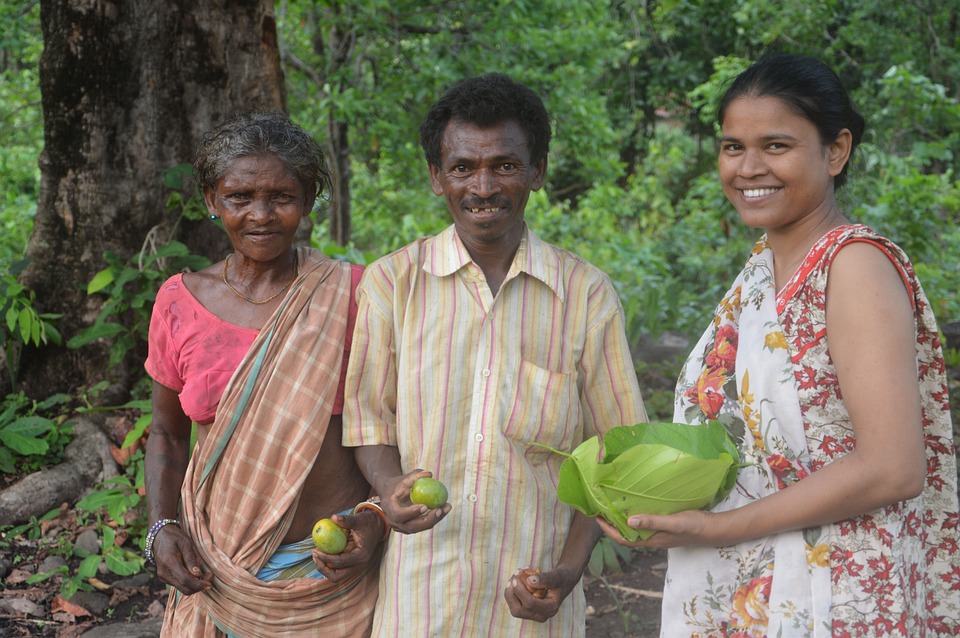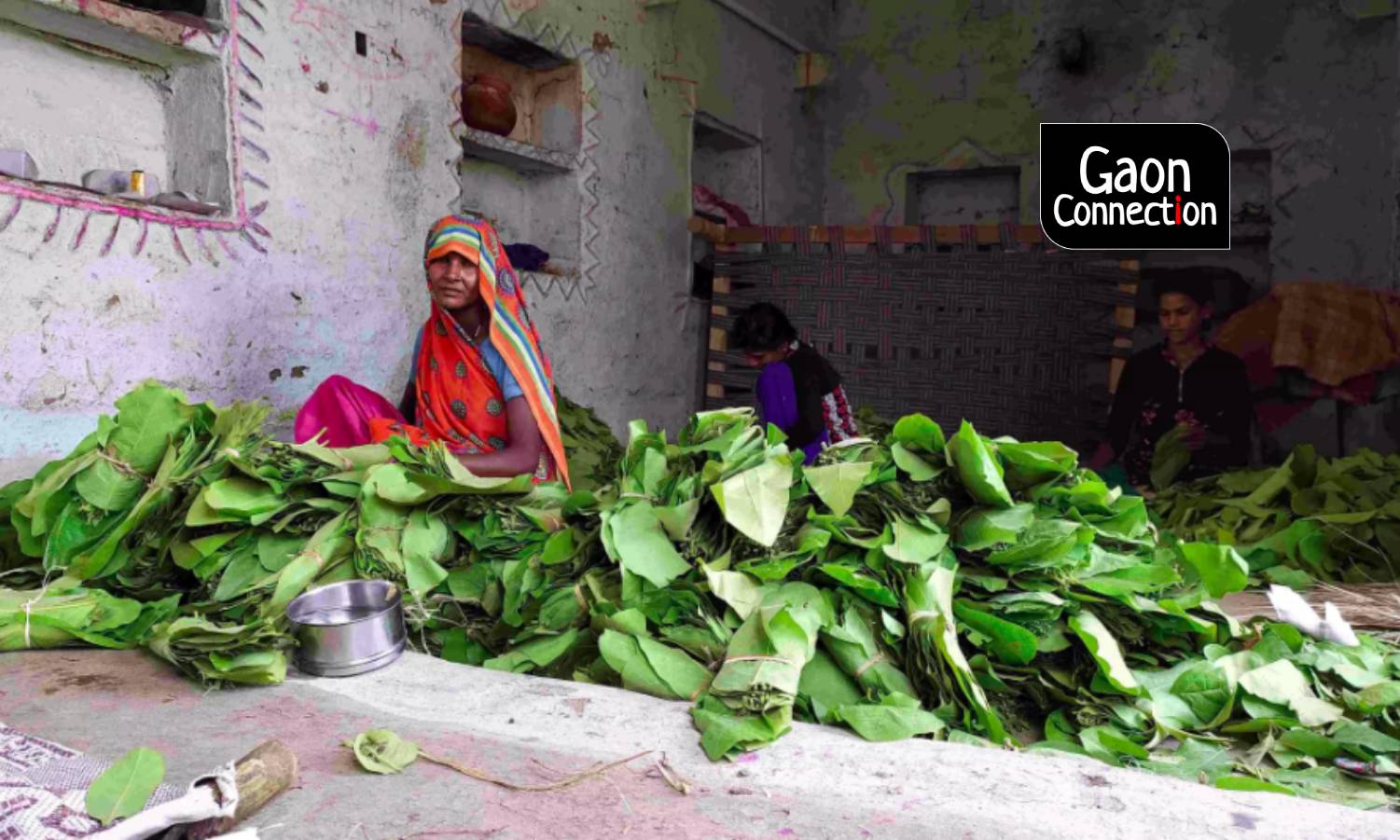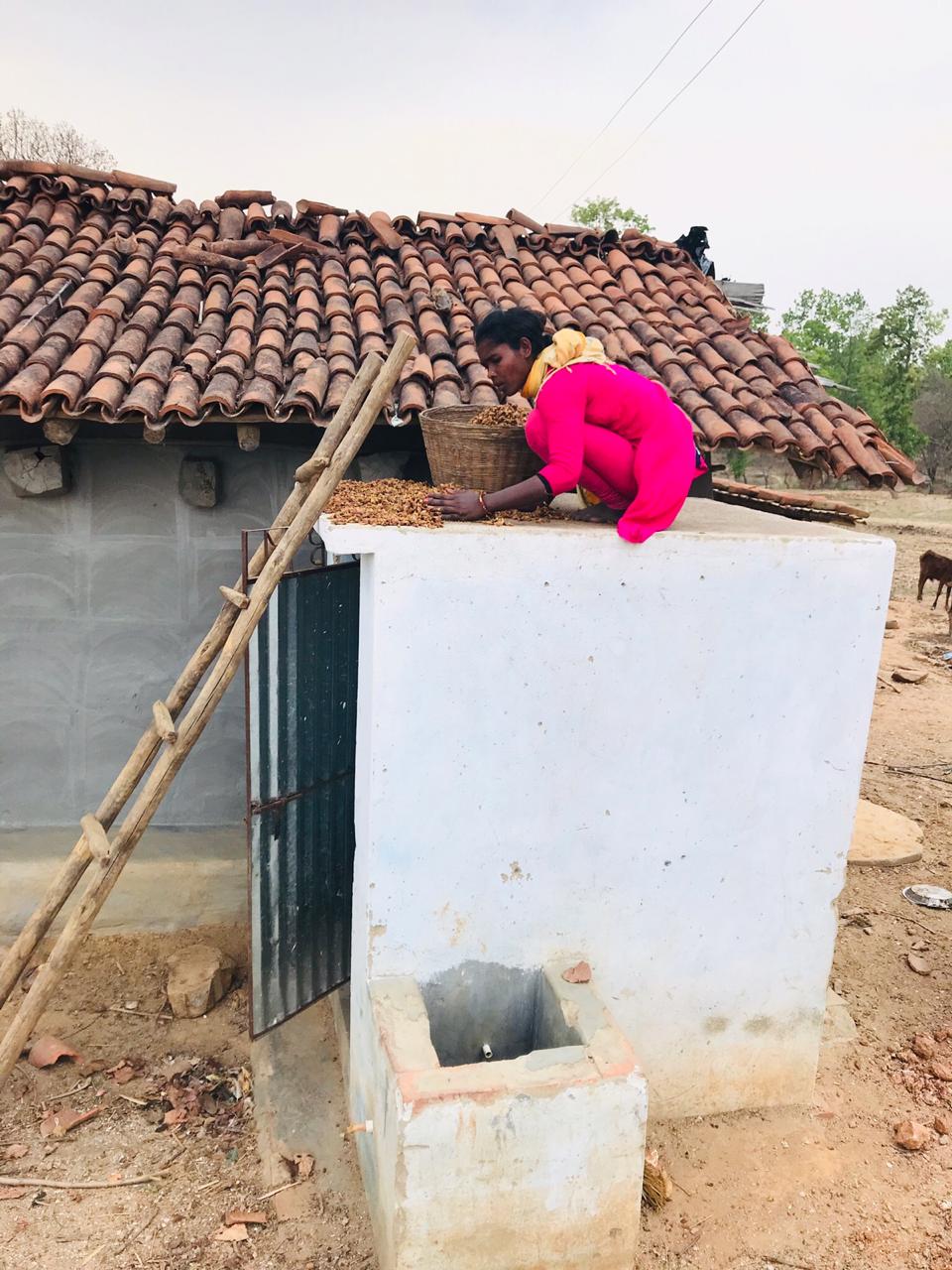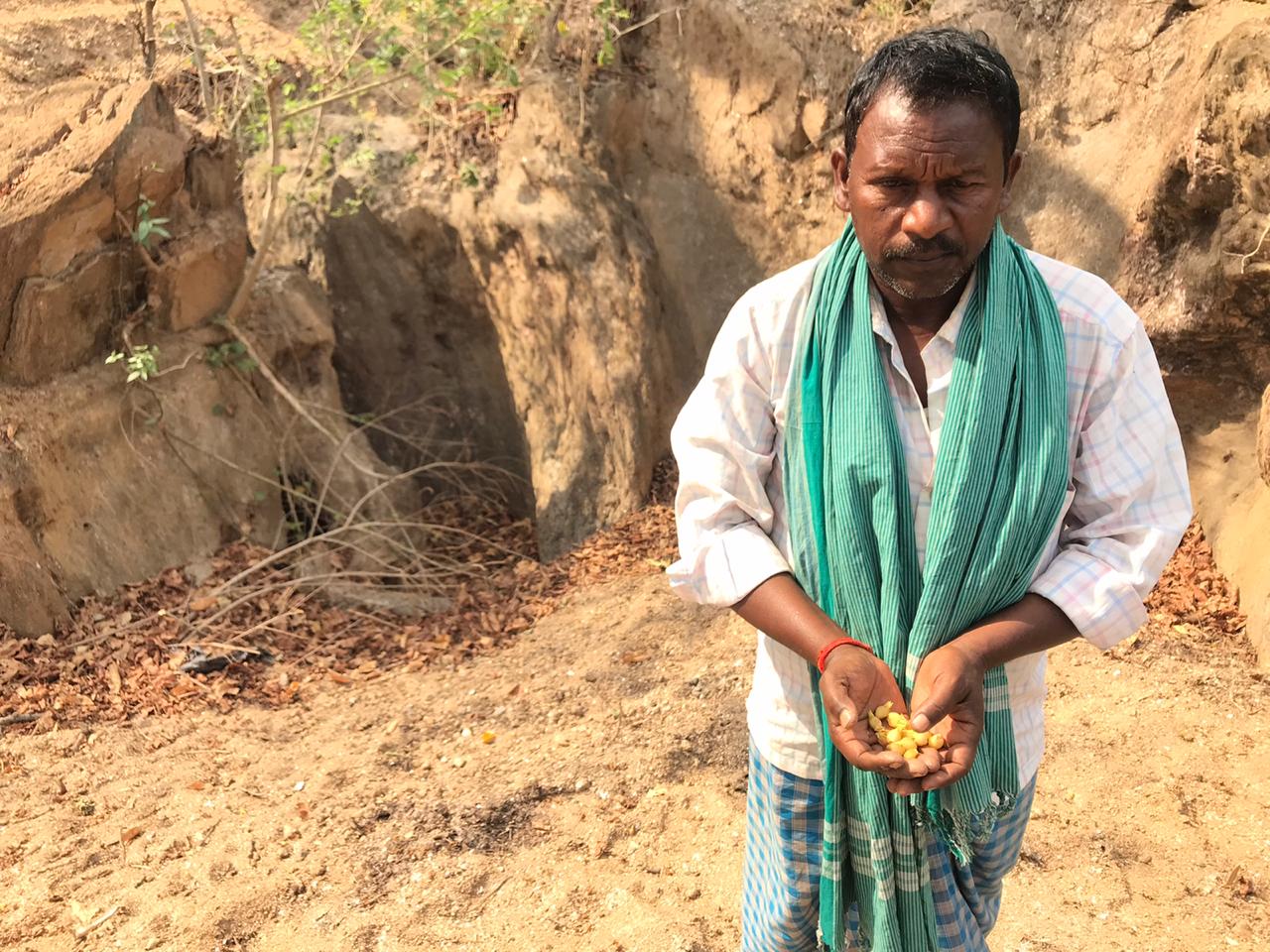Tribal communities dependent on forest produce seem to have fared better in the pandemic
The pandemic has taken away a majority of livelihoods, but some tribal communities were able to tide over the crisis as they could access the forests and forest produce.


Some of the tribal communities living in and near forests have coped with the crisis with remarkable resilience. Photo: Pixabay
Since the beginning of the pandemic, the lives of millions of people in the country have been turned upside down, and every day brings forth hundreds of stories of death, disease and hunger. The urban economy is in shambles and there is uncertainty everywhere. In the midst of such immense suffering and poverty, it has emerged that some tribal communities living in and near forests have coped with the crisis with remarkable resilience, especially in areas where land and forest rights of Adivasi forest dwellers have been recognised and gram sabhas empowered under the Recognition of Forest Rights Act 2006 (FRA), and Panchayat Extension to Scheduled Areas Act 1996 (PESA).
The government of India enacted Forest Right Act (FRA), 2006 and Panchayatiraj extension to Scheduled Areas Act (PESA), 1996 to empower tribal people living in the forest with the privilege of using minor forest produce which includes all non-timber forest produce like honey, waxes, bamboo, dyes, resins etc and minor minerals like marble, brick-earth etc.
Gondia district in Maharashtra is a perfect example of this. Located about 160 kilometre (km) from Nagpur and a 1,000 km from the state capital Mumbai, nearly 75 per cent of the inhabitants are adivasis, mainly from the Gond and Halba tribes. More than 250 villages have their Community Forest Resource rights (CFR) legally recognised here.

A report was prepared in October 2020 by the Community Forest Rights-Learning and Advocacy, a national platform of activists and experts working with forest-dwelling communities, in collaboration with Vikalp Sangam, an initiative that among other things seeks alternative solutions to environmental and developmental challenges the country faces, on the impact of lockdown on these villages. It revealed that a federation of 29 villages in Gondia district have earned Rs 2.5 crore during lockdown by gathering and selling tendu leaf that is used to roll beedis. They also took adequate precautions against the spread of COVID19. In fact, with the profits they made in 2017, the villagers rented machinery to dig ponds in the gram sabhas to harvest rainwater.
At home in the forests
The report also mentions Toranmal, a hill station in Nandurbar district of Maharashtra, that saw villagers earning their livelihood collecting forest produce, planting saplings and creating waterbodies through MGNREGA for irrigation. The workers, on an average, received Rs 250 to Rs 300 per day for their work. Staying back in the villages also enabled them to protect the forests, and look after the education of their children.
In Chhattisgarh, there are around 12,500 villages within a five- kilometer radius of forests, and the inhabitants almost entirely depend on forest and agriculture for their livelihood. “COVID-19 has not stopped employment in the forests. Neither has it affected the collection of non-timber forest products, which is a source of employment for many tribal people,” Alok Shukla, convenor, Chhattisgarh Bachao Andolan, told Gaon Connection. These predominantly tribal areas were not as hard hit as urban cities and towns, he added.

The experience of the inhabitants of the Khonoma village in Nagaland, located 18 km from state capital Kohima, is somewhat similar. “Forest work in Nagaland was not much affected. Khonoma is one of the villages that has got CFR rights. The Angami tribes, who live here and are known for terraced wet-rice cultivation, are largely unaffected by the pandemic,” Satya Prakash Tripathi, a senior forest official based in Dimapur, Nagaland, told Gaon Connection.
In Karnataka, in the south of India, live the Soligas, a forest dwelling indigenous community that mostly inhabits Chamarajanagar district, about 177 km from Bengaluru, the state capital.
According to the Community Forest Rights-Learning and Advocacy report, the local inhabitants harvest and sell non-timber forest produce such as honey, gooseberries, bamboo, paasi (lichen), algae, wild turmeric, Indian blackberry, soapnut and nannari (sarasaparilla), besides tubers. They also make baskets using bamboo from the forests. The lockdown phase from April to July coincided with the honey-harvesting season, and the Soligas sold the honey to the Large Scale Adivasi Multipurpose Cooperative societies.

The other side
But not all forest communities have happy stories to tell. “The report mentions only those villages that were benefited by the Recognition of Forest Rights Act 2006, and Panchayat Extension to Scheduled Areas Act 1996,” Tushar Dash, an independent researcher on tribal issues, based in Bhubaneswar, Odisha, told Gaon Connection. According to him, only three to five per cent of the villages that are in forest areas enjoy the community forest resource rights.
“The rest of the villages still struggle. Lack of commitment by the government, resistance by forest officials and conflict with current forest laws and policies are the main reason for it,” he explained. CFR rights in villages that have them are thanks largely to the gram panchayats of those villages who along with civil society organisations were proactive in pressurising the authorities into granting them those rights, he added. But for example, in Keonjhar district in Odisha, which is predominantly a mining area, the villages are struggling to get those rights, explained Dash.
“In our village we cultivate mahua and chironji. But during the lockdown we could not go to the market to sell them. We were totally dependent on the government for our survival,” said Bidu Naik from the Paudi Bhuyan tribe who lives in Badamuagaon, in Keonjhar district, about 200 km from Bhubneswar.

